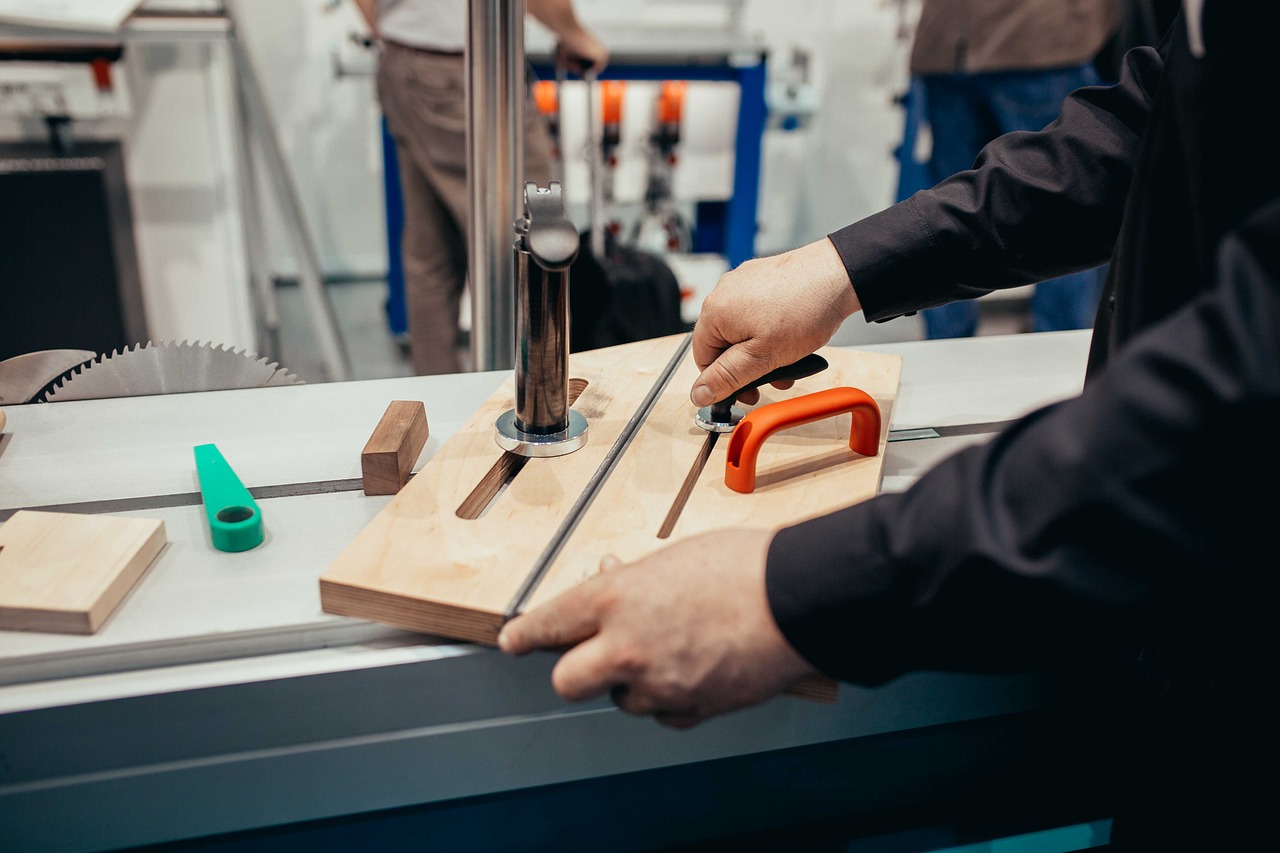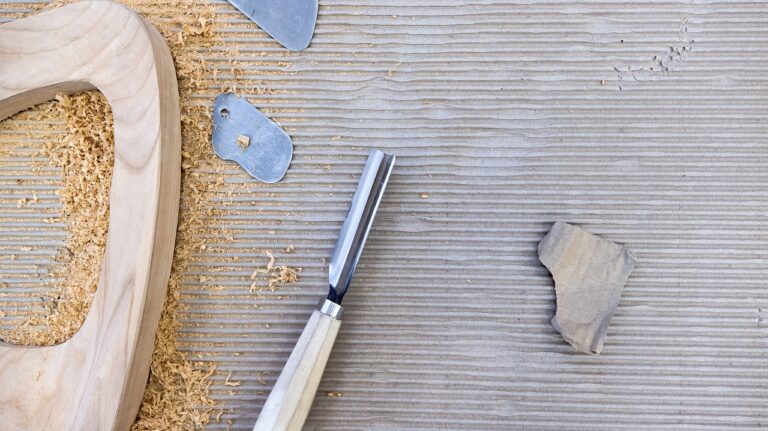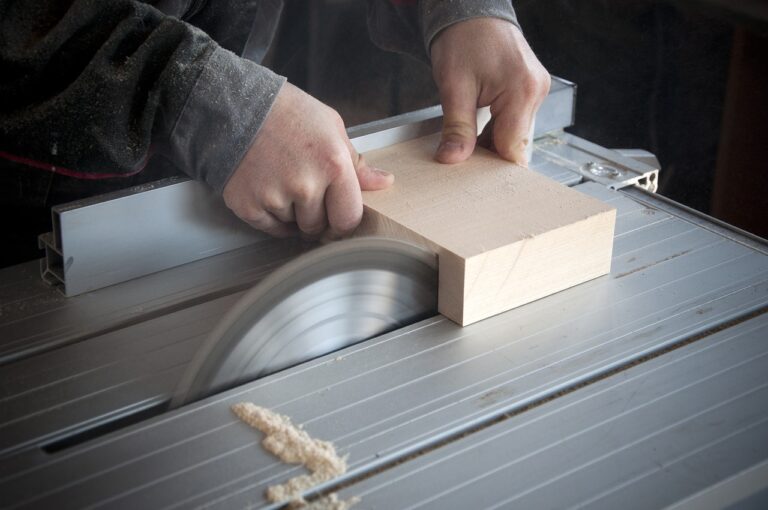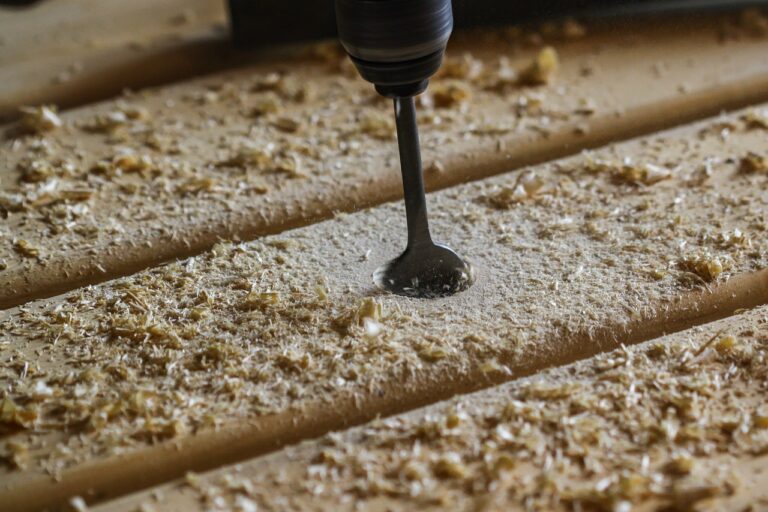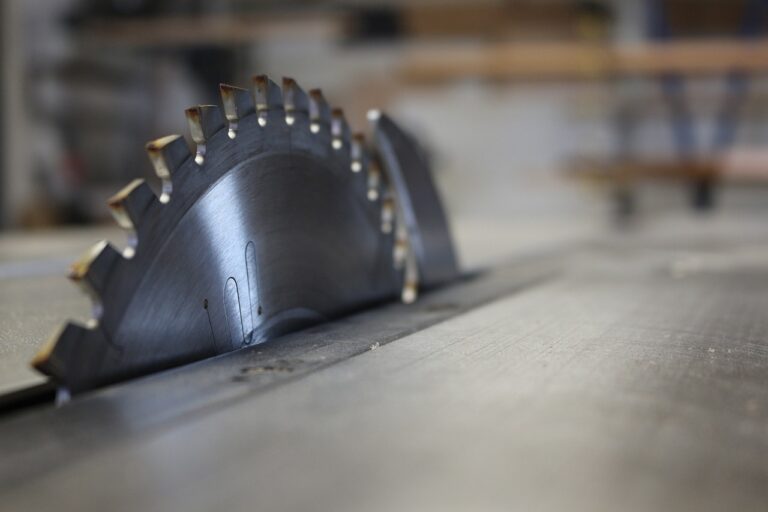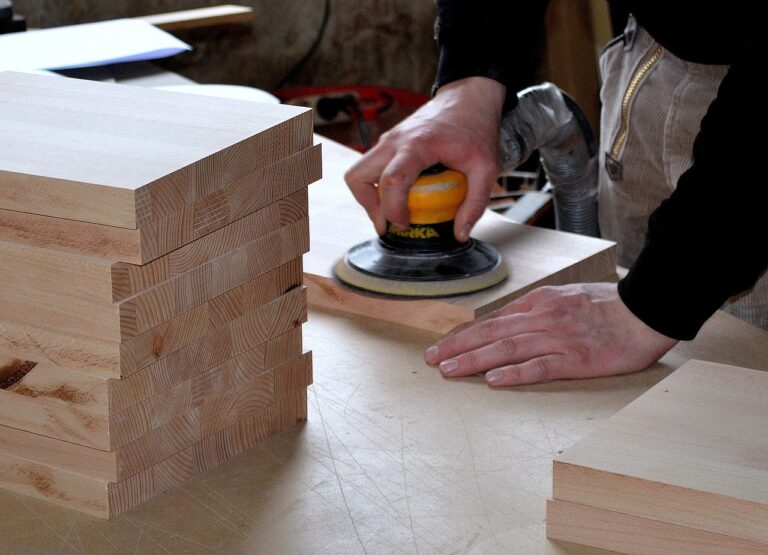Woodworking Projects for the Garden: Create a Charming Patio Bench
Woodworking is an ancient art that combines skill, creativity and precision to create unique and functional pieces. When applied to the garden environment, carpentry can transform outdoor spaces into welcoming and charming areas. A popular and rewarding project is building a custom patio bench through woodworking. In this article, we’ll explore the benefits of adding a patio bench to your garden, the steps involved in creating it, and some essential tips. Get ready to be inspired and put your woodworking skills into action!
Table of Contents
Benefits of a Patio Bench in the Garden
Having a patio bench in your garden offers a series of advantages that go beyond aesthetics. Here are some of the notable benefits:
1. Relaxation Space
A patio bench provides an inviting space to relax and enjoy the beauty of your garden. You can enjoy peaceful mornings, sunny afternoons or starry nights as you sit comfortably in your seat.
In addition to the wooden patio bench, you can incorporate the following elements to make the space even more attractive and comfortable:
- Picnic Table : A picnic table next to the bench can be used for outdoor dining, board games, or just as a convenient surface to rest drinks and snacks on.
- Additional Chairs : In addition to the bench, add some comfortable chairs or armchairs to accommodate more people or allow for different seating options.
- Umbrella or Awning : Install an umbrella or retractable awning to provide shade during hot days and protection from the occasional rain.
- Ambient Lighting : Use ambient lighting, such as lanterns, string lights or floor lamps, to create a welcoming atmosphere during the evenings.
- Plants and Gardens : Add plants, shrubs and flowers around the space to create a more natural and pleasant environment. Planters or vases can also be used to enhance the decor.
- Pergola or Trellis : A pergola or trellis with climbing plants can provide shade and create a charming look.
- Fire Pit or Outdoor Fireplace : Weather permitting, a fire pit or outdoor fireplace can be a wonderful focal point for gathering friends and family around cozy fires.
- Fountain or Water Features : The soothing sound of a fountain or small stream can be very relaxing. An ornamental lake or hot tub are also options.
- Barbecue Area : If you enjoy cooking outdoors, consider installing a grill or barbecue area to prepare delicious meals.
- Relaxation Furniture : In addition to chairs, include lounge chairs or hammocks to allow people to lie down and relax.
- Art and Decor : Add outdoor art elements, such as sculptures, decorative paintings or mosaics, to add a unique touch to the space.
- Outdoor Flooring or Rugs : Use deck flooring, outdoor rugs or floor cushions to create a comfortable surface and define different areas in the space.
- Meditation or Yoga Area : If you enjoy meditating or practicing yoga, create a quiet corner with a yoga mat, cushions, and natural elements.
Remember to consider climate and maintenance when choosing elements for your relaxation space. Additionally, your furniture and decor selection should reflect your personal style and the activities you plan to carry out in the space. Customize it according to your preferences to create a perfect relaxing environment for you and your family.
2. Aesthetic Value
The natural beauty of the wood and the custom design of the bench add a touch of rustic charm to your garden. A well-constructed bench can serve as a striking centerpiece or a subtle addition, depending on your preferred style.
3. Connection with Nature
Having a pleasant place to sit in your garden allows you to connect more deeply with the nature around you. It’s the perfect place to read, meditate or simply enjoy the sights and sounds of the outdoors.
4. Custom Design
When you build your own patio bench, you have complete control over the design and materials used. This means you can adapt the design to suit your garden style and personal preferences.
Steps to Create a Woodworking Patio Bench
Creating a wooden patio bench is a DIY project that can be a charming and functional addition to your outdoor space. Here’s a basic guide to help you create a wooden patio bench:
Necessary materials:
- Wooden planks (usually weather-resistant wood such as cedar, teak, or treated pine)
- Circular saw or miter saw
- Wood Screws
- Drill with bit for wood
- Sandpaper
- the train
- Level
- Pencil
- Wood oil or wood sealant (for weather protection)
- Brush or paint roller
Steps for Construction:
- Planning : Decide the size and design of your patio bench. Consider the available space and the number of people you want to accommodate.
- Measurements : Use a tape measure to measure and mark the dimensions of the bench on the wood. Make sure the measurements are accurate.
- Cutting the Boards : Use a circular saw or miter saw to cut the boards according to the measurements you marked. You will need parts for the seat, back and bench legs.
- Sanding : After cutting, sand all edges and rough surfaces of the boards to obtain a smooth surface.
- Assembling the Structure : Assemble the bench structure, starting with the legs. Attach the leg boards horizontally with screws, creating a sturdy rectangle or square. Make sure the legs are level.
- Adding the Seat and Back : Attach the seat and back boards to the frame you created. Make sure the boards are aligned correctly and use screws to securely attach them.
- Finish : Apply wood oil or wood sealer to all surfaces of the bench to protect it from the elements and extend its life. Let dry according to product instructions.
- Testing and Adjustment : Test the bench to ensure it is stable and secure. Make any necessary adjustments.
- Decoration (Optional) : If desired, you can add cushions or pillows for greater comfort and style.
Remember to always follow safety measures when working with power tools and keep materials out of the reach of children. Additionally, choose wood materials that are weather-resistant and durable, especially if the bench will be outdoors year-round. With care and patience, you can create a beautiful and functional wooden patio bench to enjoy your outdoor space.
Essential Tips for Project Success
- Choose the Right Wood : Choose wood that is resistant to outdoor conditions, such as cedar, teak or oak. These woods are durable and have an attractive appearance.
- Quality Tools : Use high-quality woodworking tools to ensure accurate cuts and solid assembly. This will make the entire process easier.
- Precise Measurements : Precision in measurements is essential. Calculation errors can compromise the stability and aesthetics of the bench.
- Safety First : Wear protective equipment, such as safety glasses and hearing protection, during cutting and assembly.
- Proper Sealing : If you choose to paint or stain the bench, be sure to apply proper sealants to protect the wood from weather conditions.
- Keep Up With Design Trends : Explore different patio bench design styles and trends to get inspiration and create something unique.
Necessary Care for Carrying Out the Work
Operating power and hand tools safely is essential to prevent accidents and injuries. Here are some general guidelines for caution when operating tools:
- Know the Tool : Before using any tool, carefully read the manufacturer’s manual. Familiarize yourself with the tool’s features, limitations, and operating instructions.
- Wear Personal Protective Equipment (PPE) : Always wear PPE appropriate for the tool you are operating. This may include safety glasses, hearing protection, gloves, respirators, and other safety items.
- Safe Work Area : Make sure the work area is clean and organized. Keep tools sharp and in good working order to avoid accidents.
- Pre-Check : Before starting the tool, check that it is in good condition. Make sure electrical cords or air hoses are in good condition and that there are no loose or broken parts on the tool.
- Keep Your Distance : Keep other people, children and pets away from the work area while operating tools.
- Use the Right Tool for the Task : Make sure you are using the right tool for the task at hand. Using an inappropriate tool can be dangerous and ineffective.
- Keep Hands Away from Rotating Parts : Never place your hands or fingers near rotating parts of the tool, such as saws or drills. Use fixtures or guides whenever possible.
- Unplug the Tool Before Adjusting or Changing Accessories : Unplug the tool from the power source before making any adjustments or changing accessories. This prevents the tool from being accidentally activated.
- Hold the Tool Firmly : Hold the tool firmly with both hands and maintain proper balance while operating it. This helps prevent the tool from getting out of control.
- Cleaning and Maintenance : After use, clean the tool and remove any accumulation of dust, debris or residue. Keep blades and bits sharp and replace worn parts.
- Training and Knowledge : If you are not familiar with a specific tool, seek appropriate training before attempting to use it. Lack of knowledge can lead to dangerous mistakes.
- Working Conditions : Avoid operating power tools in adverse conditions, such as humid environments, unless they are designed for use in these conditions.
- Beware of Dust : When working with materials that generate dust, use a dust collection system or a suitable respirator.
Remember that safety is the number one priority when operating tools. If you don’t feel comfortable or confident using a particular tool, it’s best to seek help from someone with experience or consider hiring a qualified professional.
Conclusion
Creating a charming patio bench through woodworking is a rewarding way to enhance your garden. In addition to providing a relaxing and aesthetically pleasing space, a custom-made patio bench allows you to flex your creativity and woodworking skills. With the right tools, quality materials, and a well-thought-out plan, you can transform a simple piece of wood into a stunning focal point for your outdoor space. So don’t hesitate to dive into this woodworking project and enjoy the fruits of your labor while admiring the beauty of your garden.

